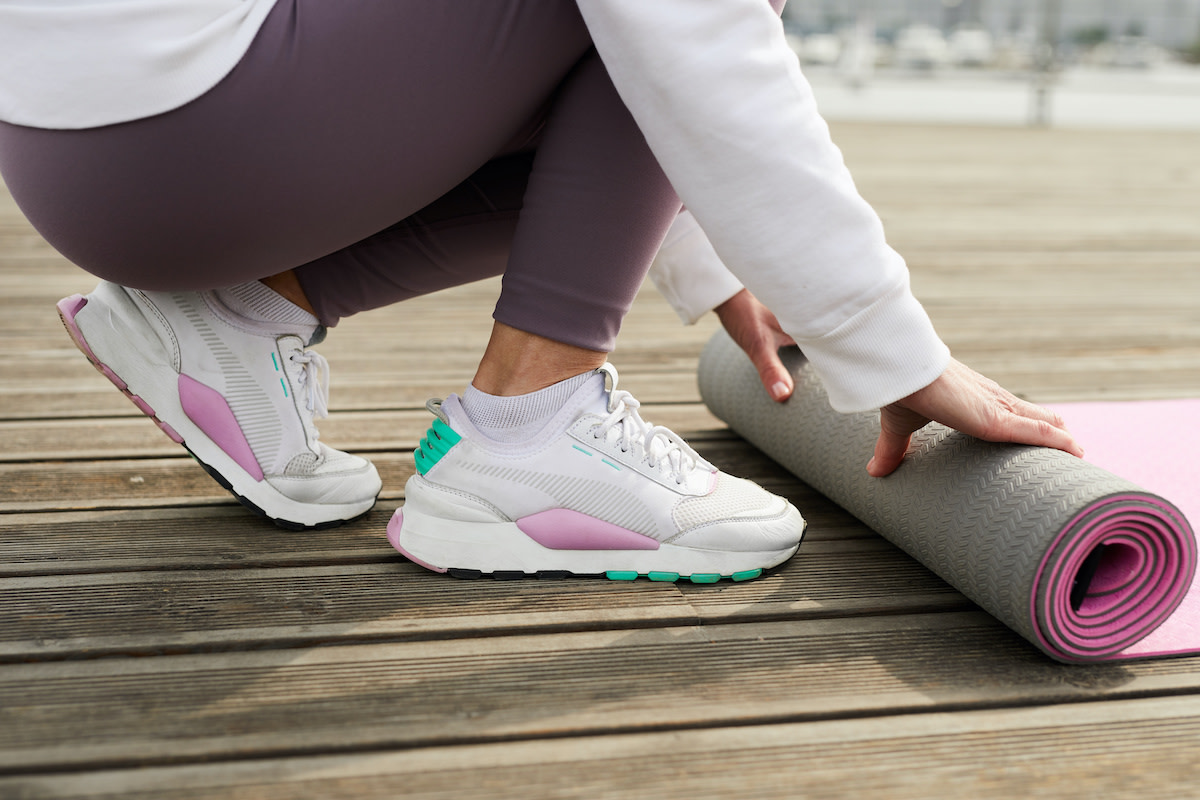How to Do Kneeling Squats With Perfect Form
Written by MasterClass
Last updated: Sep 9, 2021 • 3 min read
Easily modifiable and convenient for home workouts, kneeling squats make an excellent addition to any full-body workout routine.
Learn From the Best
What Is a Kneeling Squat?
A kneeling squat is a bodyweight squat exercise designed to build lower-body strength. Perform kneeling squats by first resting on your knees. Keeping your back straight, slowly lower your body until the backs of your thighs rest on your calves. The range of motion is completed by squeezing your glutes and thrusting your hips forward to return to the starting position.
A common variation of the kneeling squat is the barbell kneeling squat, in which you lift a barbell off of a Smith machine or power rack set at shoulder height from a kneeling position. You can also intensify the exercise by holding dumbbells while doing kneeling squats.
3 Benefits of Kneeling Squats
There are several notable benefits to performing kneeling squats.
- 1. Kneeling squats build lower-body strength. Kneeling squats are one of the best squat variations for toning your gluteus maximus. Focus your attention on the hip thrust range of motion to increase glute activation and hip extension. Additional lower-body muscles worked by kneeling squats include your quadriceps, hip flexors, adductor magnus, and hamstrings.
- 2. Kneeling squats build core strength. When performed correctly, kneeling squats help build upper-body strength by activating your abdominal muscles. Your abs help stabilize your lower back and keep your whole body supported throughout the workout.
- 3. Kneeling squats are a convenient home workout. You do not need any special equipment to practice kneeling squats. Whether you're working out at the gym or at home, kneeling squats are an effective and convenient workout to incorporate into your bodybuilding routine.
Kneeling Squats vs. Regular Squats: What’s the Difference?
The biggest difference between kneeling squats and regular squats is the starting position. Regular squats, also known as air squats or bodyweight squats, are compound exercises that activate muscles throughout your body. They're performed in a standing position and involve bending your knees and ankles to lower your body until your upper legs are parallel to the floor. Kneeling squats are performed in a kneeling position and rely mostly on hip flexion to lower and raise your body.
How to Do Kneeling Squats With Proper Form
For kneeling squats, begin by performing 2–3 sets of 10–15 repetitions. Choose your sets and repetitions based on your ability to maintain good technique throughout.
- 1. Start in a kneeling position with both knees on an exercise mat with your toes flexed and in contact with the floor. Your shoulders should be directly over your hips with a neutral head and neck position. Your chin should remain tucked throughout the movement, as if you were holding an egg under your chin.
- 2. Place your arms by your sides or hold them in front of your body. Engage your core. Your ribs should be down and your pelvis should be slightly tucked. All repetitions should begin from this starting position.
- 3. Hinge your hips back and down while bending your knees, allowing your hips to travel toward your heels. Your hips should remain in line with your knees. Your shoulders should finish ahead of your hips, over the middle of your thighs.
- 4. Pause briefly at the bottom of the movement, then squeeze your glutes to begin the upward movement.
- 5. Finish the movement by squeezing your glutes.
- 6. Repeat the kneeling squat for your desired number of repetitions.
How to Work Out Safely and Avoid Injury
If you have a previous or pre-existing health condition, consult your physician before beginning an exercise program. Proper exercise technique is essential to ensure the safety and effectiveness of an exercise program, but you may need to modify each exercise to attain optimal results based on your individual needs. Always select a weight that allows you to have full control of your body throughout the movement. When performing any exercise, pay close attention to your body, and stop immediately if you note pain or discomfort.
To see continual progress and build body strength, incorporate proper warm-ups, rest, and nutrition into your exercise program. Your results will ultimately be based on your ability to adequately recover from your workouts. Rest for 24 to 48 hours before training the same muscle groups to allow sufficient recovery.
Want to Dive Deeper Into Your Wellness Journey?
Throw on some athleisure, fire up a MasterClass Annual Membership, and get ready to sweat it out with exclusive instructional videos from Nike Master Trainer and GQ fitness specialist Joe Holder. Want to improve your cardiovascular endurance? Give Joe’s HIIT workout a go. Trying to get a little swole? He’s got a strength training workout for that. From fitness tips to nutrition hacks, Joe will have you feeling healthier in no time.
